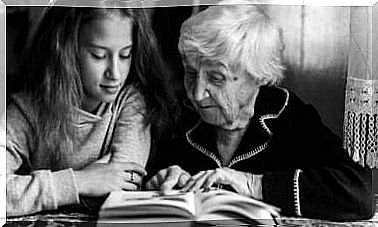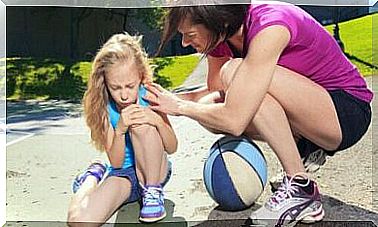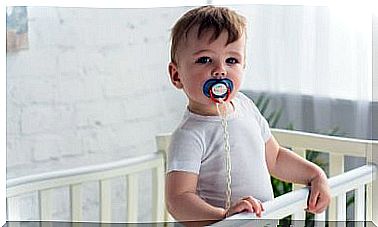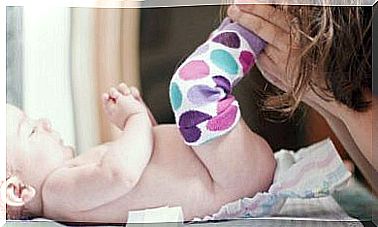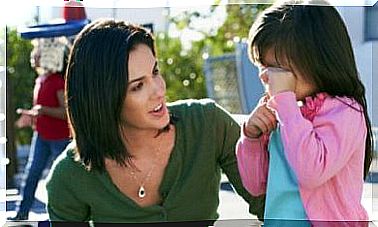How To Walk Without Tripping
When your little child takes his first steps it is the most exciting moment that will always stay in his memory. Seeing him learning to walk, get up and walk will make you shed many tears of joy. However, it takes a lot of patience because it is a very hectic adaptation process for everyone.
First of all, it is important that in the first few months the baby burns stages to gain strength. When you learn to walk, the exercises you practice throughout the year until you reach the point where you can get up are invaluable. These exercises make the muscles strengthen so that by the time he gets up, he can stay upright.
If your child is learning to walk, the encouragement we give them can be very helpful in this regard, before it’s time to stand up straight. Next, it remains to practice what has been learned and strengthen the exercises that were previously more difficult. There are many signs that will let us know that in fact the baby is getting ready to walk very soon.
Signs that the child is learning to walk
Even at a young age, the baby begins to show signs that he wants to move independently. It is known that for at least the first year, he will try to get up and walk. Therefore, it is possible to help him exercise in this sense, to know that he is ready and to practice, we must be aware when he performs the following movements:
- Switch from upside-down to upside-down position. It is the first step in which you will notice that your baby struggles to turn, that he takes advantage of his weight in order to be able to stay in that position. For the child this posture will be easy, as at some point he will have the strength to turn around, stretch out on his abdomen, support his arms and lift his head.
- Support yourself with your arms and lift your head. At first, he won’t be able to support himself very well and you’ll see him support his arms to lift his head and fall back down. However, when this exercise becomes frequent, your child will quickly adapt and be able to see all sides.
- Take a spin around yourself. When the baby is able to support himself, he will have the curiosity to observe his surroundings, and will recognize other possibilities. Little by little, he will develop the ability to be able to turn in the same place. Anyway, the child will already have their arms strengthened to perform this activity.
- It can drag back and forth. With the help of her little arms, the child can turn, can also crawl backwards or forwards. These movements are for you to move towards his favorite toy or some object that catches his attention. At this stage, it is recommended to be careful when the baby is in bed. We must keep an eye on him to prevent him from crawling to the edge of the bed and falling to the floor. It is preferable to leave it in the crib.
- Crawls up and sits down. As he crawls, at some point your child will have the strength to move his legs, support himself with their arms and knees, while the time will come when he can sit up, watch, and keep on crawling. For parents, this phase will be a lot of fun and it will be possible to know the baby’s intelligence, being able to understand how he learns so fast.
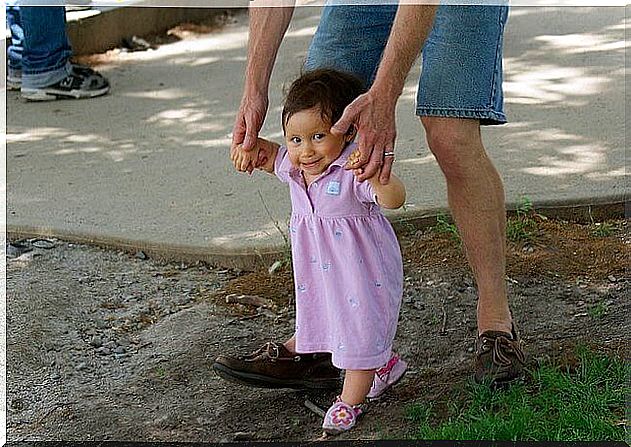
- It rests on a chair, bed or furniture. Babies are very curious and everything is new to them. At this time when they are crawling, he can get up and support himself to achieve his goal. It’s common to see them in their crib protruding from the rail, wanting to watch their mother.
Exercises to help you walk
There are many exercises we can do with our baby to help him walk. One exercise that is very effective is to have him lean on a plastic chair that is light enough for him to drag.
There are many very positive opinions about this method, although the child is exposed to falling. The same happens with the walker, although many prefer it. However, the important thing is to avoid stumbling blocks that make you afraid to walk.
The following exercises can be helpful in stimulating your baby from three months of age onwards.
- Grab him under the arms and lift him up; this makes the child move her legs little by little.
- Support him and put his feet over your muscles and let him jump. This helps your leg joints and gives you the strength to stretch them.
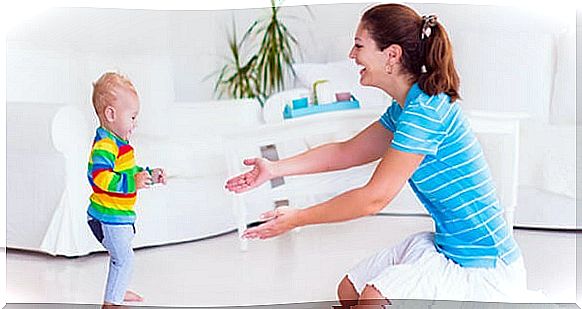
- Put it upside down; this will help the baby to be able to support himself in your arms and lift his head.
- Once your baby is able to support himself in chairs or furniture, you can grab his hands and walk little by little with him.
Finally, there comes that moment, when your child is able to support himself on his own legs and takes his first steps. Then you will realize that it was a long process with wonderful results. No child is exempt from falling, so it is very important that you pay close attention in the first few days.



